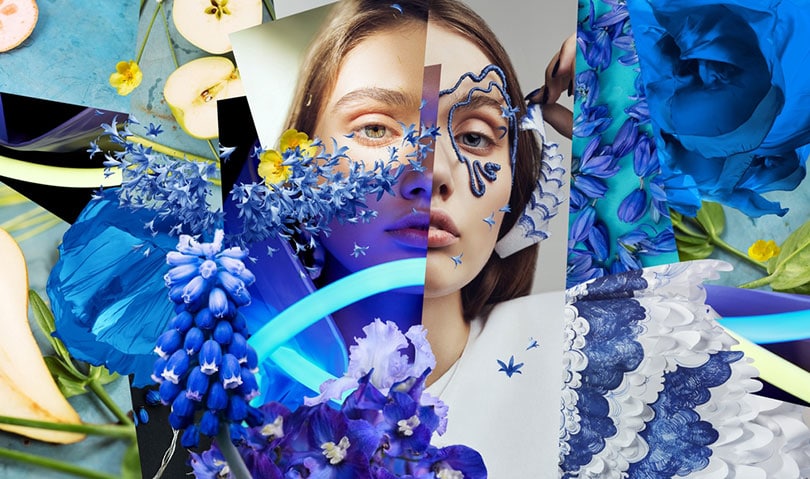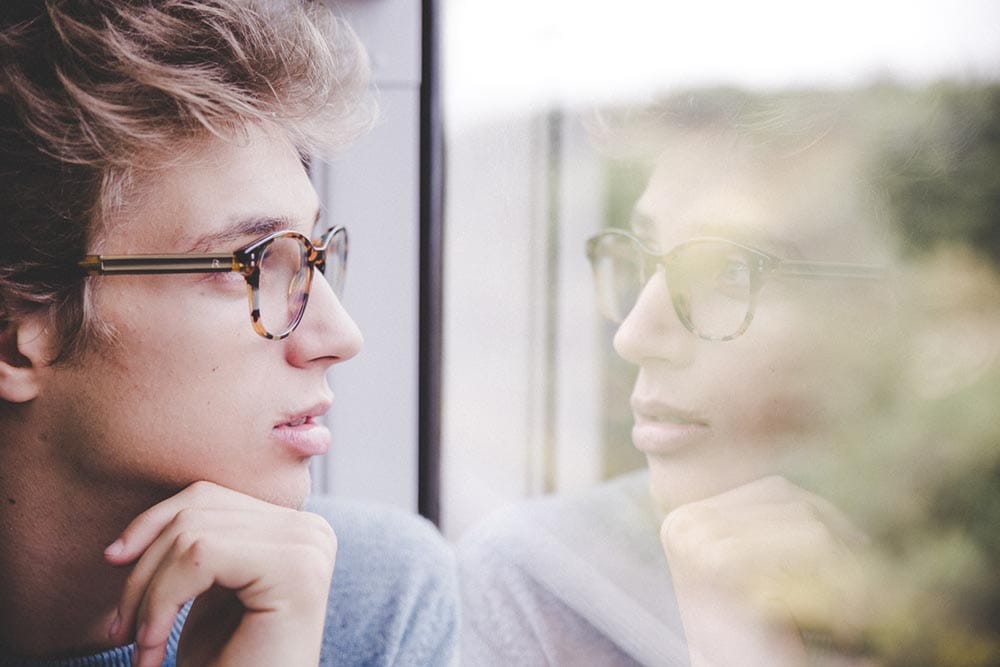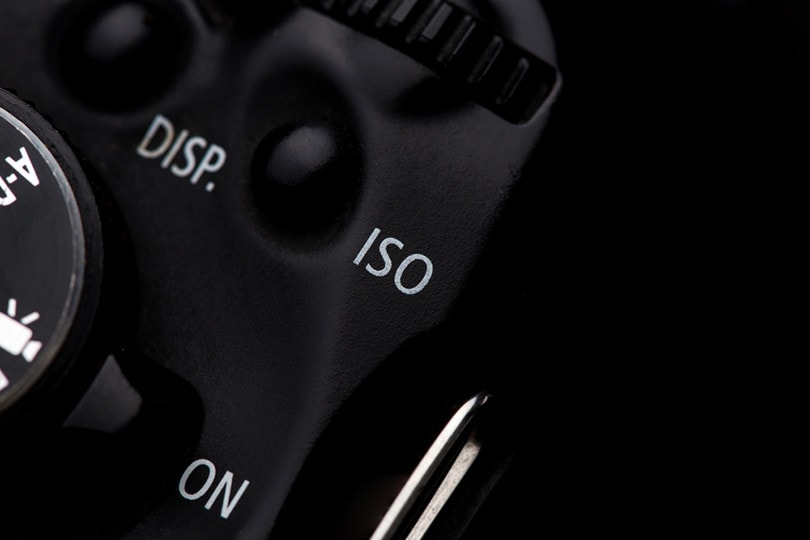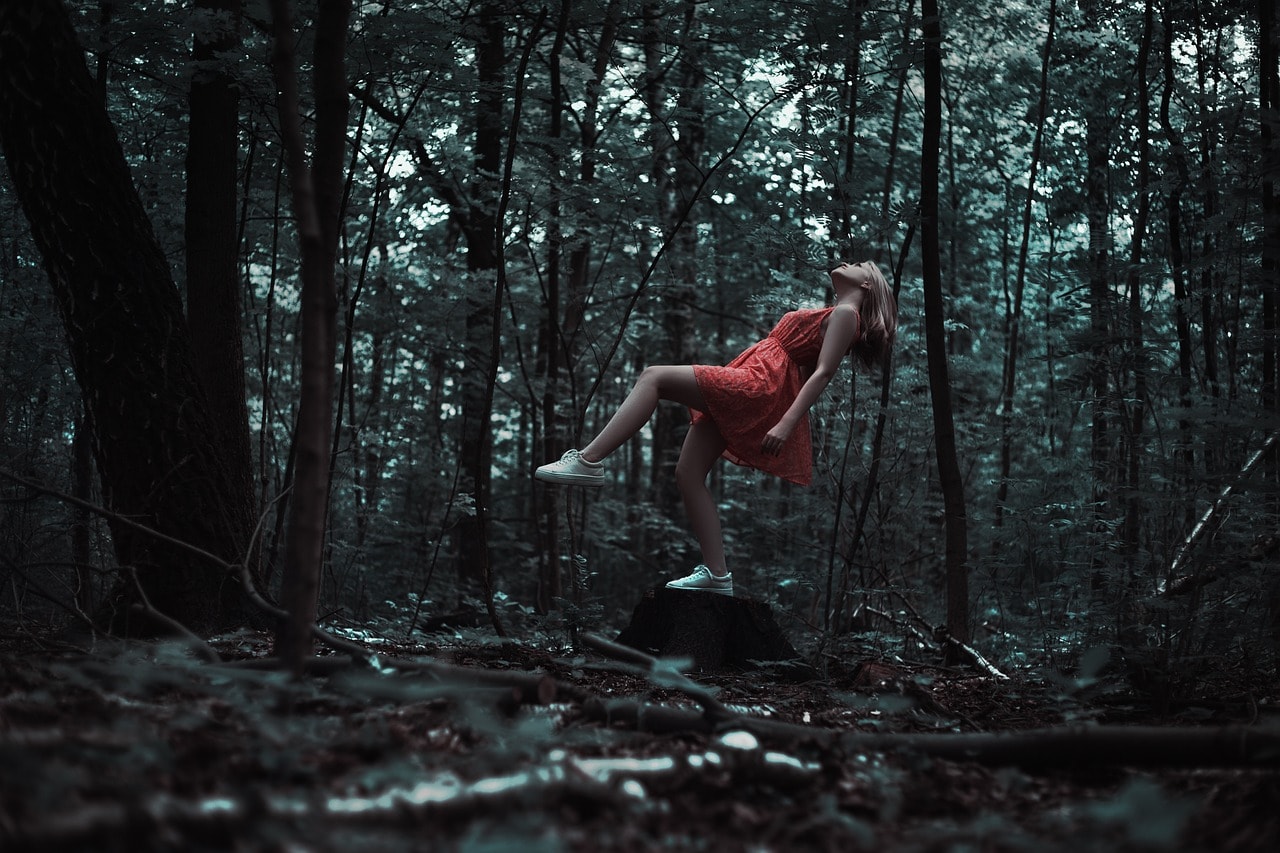18 Composite Photography Ideas to Get You Inspired
Last Updated on

Taking a photo with your camera is cool and all, but what if you could put two pictures together? It turns out that this is possible with software programs, and you can take multiple exposures and blend them into an artistic, otherworldly masterpiece or enhance the sharpness of your images.
If you want to take your photos to the next level and explore a new, interesting genre, look no further. Below are eight composite photography examples to spice up your craft!

The 18 Composite Photography Ideas to Get You Inspired Are:
1. Use Windows to Your Advantage

We may see these transparent, glass surfaces as just an everyday thing, but they do open up a monumental number of creative ideas that you could get a hold of. As many people take photos out of their car or house window, the scene in the background may not be as eye-catching as they desire. This is the perfect opportunity to edit something that looks mesmerizing, such as a mountain vista, the full moon, or a cityscape meshed into the window. Windows can be a portal to a new world or idea.
2. Enhance Your Nightscapes
If you’ve ever seen pictures of the stars with a considerably lit mountain landscape in the foreground, you’ve already been exposed to this type of photography. You can take some incredible photographs of a landscape scene during blue hour or at sunset, and then throw in one of your favorite milky way images on top to keep things looking crisp. If you’re really into it, you can get a star tracker for the best astrophotography results.
3. Keep Up the Contrast

One thing you can do to make an interesting composite is to take a photo of an object and blend it with a completely different tone to add some contrast. You might be surprised to see some interesting effects. For example, throwing a flourishing flower pot into an Arctic environment would build some extreme disparity between the subject and the setting, piquing the interest of the viewer and bringing them closer to the scene. Landscapes are a great way to do this too, as you can mix them together even if they are in totally separate locations.
4. Exaggerate the Scale of a Picture
An incredible way to provide depth in a photo is to add a sense of scale to the background. In this case, if you’ve taken an exposure with a vast landscape and you don’t have a subject in the frame, you can get a previous photo you took and place a tiny person on a ledge or faraway distance to increase the magnitude and size of the background in the image.
You can also do this with miniatures and put life-sized people in a macro-environment. Oh, and don’t forget the moon—you can enlarge this and throw it in just about any outdoor photo! It’s all about getting creative and finding what suits your style best.
5. Change Up the Sky

Sometimes our lighting conditions aren’t the best in a photo, but we want to make the image pop. Let’s say you want some clouds in the sky, as it was clear when you originally shot it. There are many tools out there that will enable you to remove the existing sky area of an image and replace it with a variety of presets, such as different cloud formations. Or, you can of course add your own sky images to keep it a bit more original. Remember, the sky is the limit!
6. Use Motion
One area you definitely should skimp on is motion. In many cases, it can be fascinating to see your image come to life if you blur the background by using a slow shutter speed, but also adding an object into the mix to create some sense of movement. You could even go as far as keeping the subject still, contrasting it from the rest of the frame. It doesn’t have to end there though, as you can put two blurred photos together to build a surreal final image.
7. Blend in Some Extra Subjects

Don’t forget, composites aren’t limited to just two photos merged together. You can blend as many as your program or computer can handle. That means you could do many of the things we’ve stated above, and mix them into others. For example, if you take a blue-hour photo and merge it with a space background, you can also build on it and put a flying car in the distance. Or you could paste five of the same person in the frame.
There are hundreds of other things you could do to the photo to change it up, depending on your taste. Also, you don’t always have to match reality, as composites usually aren’t a depiction of that.
8. Combine the Abstract
As most of us feel, photography is an art—a form of expression that we create to display our best concepts and experiences. Abstract art is one area where you can make some pretty unique images that people may not understand but are, nonetheless, a way to design a brand-new impression. With composites, you can take all sorts of abstract frames and mesh them together into something random or whatever suits your idea.
9. Levitation

Making objects and people seem as though they’re floating in the air is one of the most popular photo composites ideas out there. All it takes is a little ingenuity and photo editing software know-how to bestow the people in your photographs with the ability to fly.
The trick to achieving good results is to keep your camera in the exact position through every shot. Before you begin, decide on your setting, and use a tripod. Being able to capture the photos wirelessly is a big advantage, as it reduces the risk of the camera moving.
Be sure to take photos of the setting without your subject, and with. Later, you can use photo editing software to mask out the support they’re using to stand, sit, or lay on.
10. Use the Moon
Some of the best composite photos out there include the cosmos in some way. Imagine an engagement photo set on the moon, or a car driving along a road that heads straight into space. The opportunities are endless.
One recurring theme is the idea of tethering the moon to a fragile ribbon, as though it were a large balloon.
This idea is perfect if you enjoy taking good photos of the night sky. High-quality images of the milky way, distant galaxies, planets, and the moon, can all be blended into other photographs for instant magic!
11. Mirrors and Reflections

By using mirrors, you can create some striking composite photos. Perhaps the mirror in the hallway is a portal to another world, or maybe it shows the model as she will appear in the future or her past.
Don’t feel limited to mirrors, either. Lakes, windows, and any other reflective surface you can get hold of can be used in the same way. Simply replace the image in the mirror with another one.
Another clever way to use mirrors is to have an object or model emerging from it.
12. Magical Powers
If you’re the one creating composite photos, then you have the power to give your models abilities. Get them zapping lightning from their fingertips, blowing tiny fire creatures out from their mouths, or let them wield a magical wand.
A fun idea would be to place your model as a character in their favorite world. Perhaps they want to be a witch or wizard in the Harry Potter universe or the next Captain Marvel, you get to make it happen!
13. Surrealism

Surrealism in composite photography can make for fascinating pieces of art. What makes a strong surrealism piece is that although the viewer will be able to tell it’s not a real image, it should look as real as possible.
A giant cat sitting in the middle of a road, a steam train being picked up by a giant child, and salt pouring onto a mountain to create snow, are all examples of surrealism in composite photography.
14. Tell a Story
One of the advantages of composite photography is the opportunity it gives for storytelling. Think about the best compositions for conveying the story you want to tell. Combine glimpses of your character’s future or past and invoke emotions through imagery and themes.
If a picture is worth a thousand words, then composite photography is worth double, triple, or more, because you can combine the original photo with others to express exactly what you intend to.
15. Double Exposure

Double exposure is one of the earliest composite methods. By exposing the same section of film twice, a photographer could achieve two photos layered onto each other.
In today’s world, it is easy to superimpose multiple images onto each other to produce the same effect using a photo editor.
By setting the opacity of the first image to anything lower than opaque and overlaying it onto the second image, you will produce a ghostly photograph that displays both the originals. You can improve this look by masking certain sections to get your desired results.
16. Oversized Pets
Composites of oversized cats and hamsters running wild in urban areas are, unsurprisingly, popular. From cats sitting on the road or snoozing in valleys to dogs in military dress portraits, the opportunities are endless.
Other animal composite photo ideas include having your model riding a dolphin or a giant bird, or even a polar bear.
17. Dramatic Setting

Sometimes, a dramatic photograph needs a dramatic setting. This is probably one of the easiest composite photo techniques to master, but it’s also essential. Lift the image of your model from your photograph and place them against a background that really tells their story.
Gothic castles, enchanted woods, winter wonderlands, or somewhere out of this world, you get to decide!
18. Passage of Time
By taking a photograph of the same location every day, over weeks or even months, then overlaying the images, you can convey the passage of time.
This time-lapse technique works brilliantly for showing the phases of the moon, the sun’s location across the sky, and the changing of the seasons and their effect on the trees, flowers, and nature.
•You might also like: What Does Salt Look Like Under a Microscope? (With Pictures)

Final Thoughts
Composite photography is actually one of the most popular and Instagram-worthy types of imagery out there. That’s because the concepts are endless, and you can build something that might exaggerate your picture, whether it’s to make a higher-quality result or to create an otherworldly photo. Whatever you choose in your path, we hope these eight composite photography ideas have you eager to create something amazing.
Featured Image Credit: popovartem.com, Shutterstock
Table of Contents
- The 18 Composite Photography Ideas to Get You Inspired Are:
- 1. Use Windows to Your Advantage
- 2. Enhance Your Nightscapes
- 3. Keep Up the Contrast
- 4. Exaggerate the Scale of a Picture
- 5. Change Up the Sky
- 6. Use Motion
- 7. Blend in Some Extra Subjects
- 8. Combine the Abstract
- 9. Levitation
- 10. Use the Moon
- 11. Mirrors and Reflections
- 12. Magical Powers
- 13. Surrealism
- 14. Tell a Story
- 15. Double Exposure
- 16. Oversized Pets
- 17. Dramatic Setting
- 18. Passage of Time
- Final Thoughts
About the Author Robert Sparks
Robert’s obsession with all things optical started early in life, when his optician father would bring home prototypes for Robert to play with. Nowadays, Robert is dedicated to helping others find the right optics for their needs. His hobbies include astronomy, astrophysics, and model building. Originally from Newark, NJ, he resides in Santa Fe, New Mexico, where the nighttime skies are filled with glittering stars.
Related Articles:
How to Clean a Refractor Telescope: Step-by-Step Guide
How to Clean a Telescope Eyepiece: Step-by-Step Guide
How to Clean a Rifle Scope: 8 Expert Tips
Monocular vs Telescope: Differences Explained (With Pictures)
What Is a Monocular Used For? 8 Common Functions
How to Clean a Telescope Mirror: 8 Expert Tips
Brightfield vs Phase Contrast Microscopy: The Differences Explained
SkyCamHD Drone Review: Pros, Cons, FAQ, & Verdict
